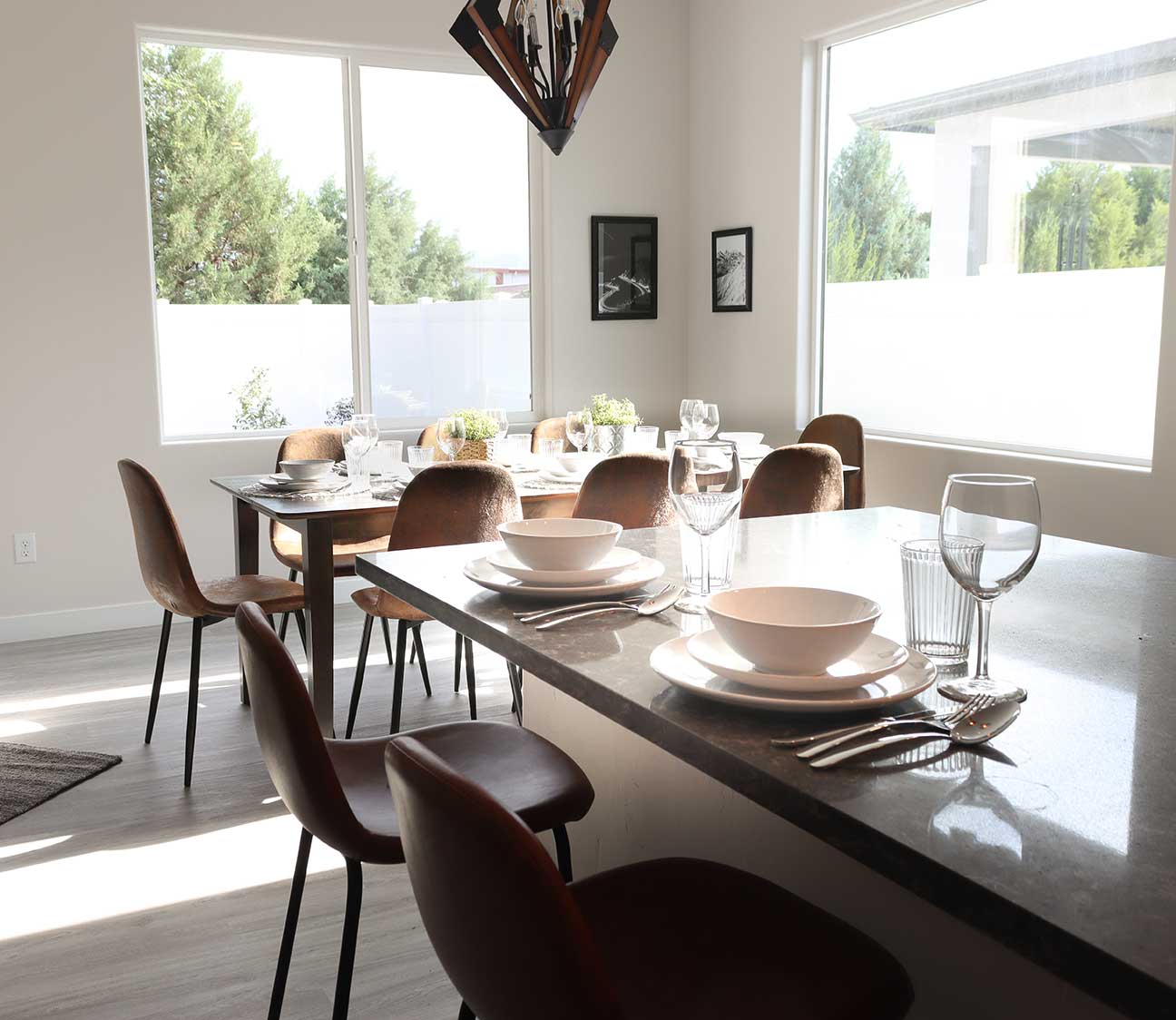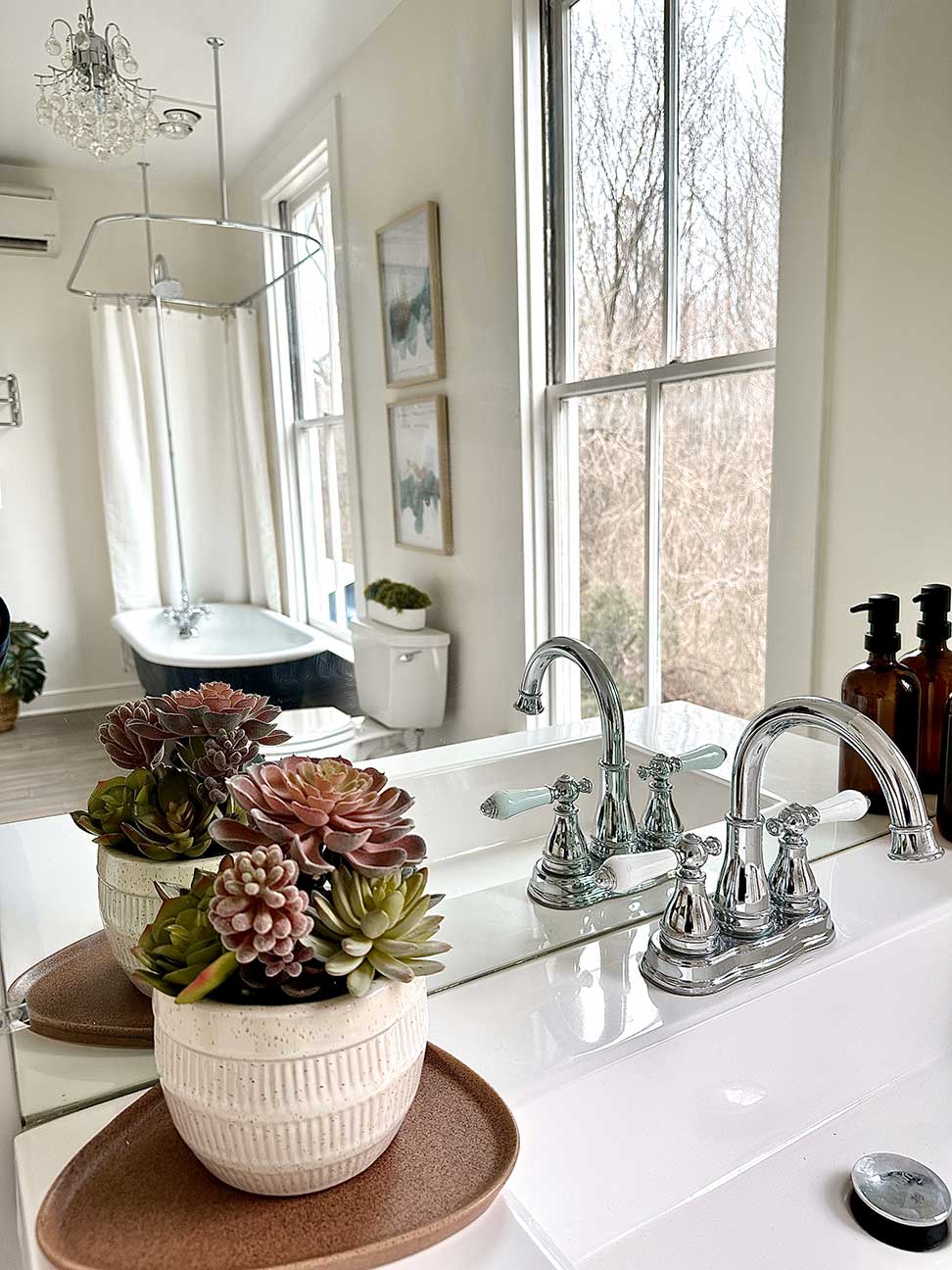What is the Difference between Historic Preservation and Historic Renovation?
Read More
Don’t miss the first mini-episode of “O-Ren, Bring Me The Hammer” at the end of the show!!
If you’d like to submit a question to be answered on our show, subscribe to our newsletter and you’ll get your chance to ask a question!!


Listen
Watch

Transcript
Hello, I am Lora Frost of Dahlias & Granite, an Interior Design Studio headquartered in Denver, Colorado. We serve clients all over North America and specialize in residential interior design, custom kitchen design, bathroom remodels, vacation rentals, and historic renovation.
In this episode of Meaningful Design, I will be sharing the difference between historic preservation, historic renovation, historic restoration, and remodeling or rehabbing and why the differences matter.
This is a slightly shorter episode; I hope I don’t make your ears bleed by speaking about such a seemingly dry topic.
When designing a historic home renovation, understanding the separate approaches to historic buildings makes a big difference in choosing who you’ll partner with to work on your grand jewel of a home.
There are so many beautiful, intricate, well-designed, and thought-through pieces of construction and architecture around us that we often don’t notice until someone else points them out.
Once I went on a second date where we walked around and looked at Denver’s historic homes. While my date did tell me he wasn’t sure exactly what we were looking at, Forty minutes into our “tour,” he pointed out a correct architectural detail with pride, and I instantly realized that I was geeking out on the architecture way, way too much!!
Historic details give me so much happiness and pleasure. To enjoy this episode, you don’t need to know the difference between a lintel and a quoin or a newel post and a rosette. Still, I hope that you enjoy my nerdy enthusiasm for architecture.
Historic preservation and historic renovation are two terms used interchangeably. Still, there is a distinct difference between the two.
Preservation is about protecting a structure or site’s original features and historically significant buildings and sites.
Renovation is about updating the building to make it more functional and aesthetically pleasing.
Diving into the four rehab options, we can consider preservation, restoration, renovation, and straight-up ignoring all historical elements, which I’ll call rehabbing.
Historic Preservation: When a government or organization designates something as an essential part of history, it is protected by law. Preservation of this type typically means that the original structure or site is kept or restored in its original form and condition, including its appearance and design.
Absolute preservation implies strict compliance to retaining the structure’s historical fabric through “conservation, maintenance, and repair.”
Another consideration is asking what the historical importance of your property. Was your home also a former home of a prominent politician, artist, or architect, or did an important occur within the walls?
If so, keeping your property intact will be beneficial. It could increase current and future market values.
Historic Restoration: Restoring a historic property considers the structural elements, exterior design, interior layout, architectural style, and functionality of a building when it was first constructed. This can include renovating some features to make them more energy efficient while preserving others that may not be sustainable for future use.
Restoration focuses on preserving elements from the most defining era of a property. Reviving a property’s past generally involves keeping elements from its most noteworthy era while removing materials that have been added from less discriminating homeowners.
For some clients, preserving the home’s historical credibility is essential, but that doesn’t always mean you have to tear out the flooring and other finishes that were put in place when the prior owners lived there. It’s an individual choice where overall investment often plays a role in the decision.
Historical renovation is repairing or renovating a historic structure to keep it current with current codes and standards while preserving its historical character, appearance, and condition as much as possible.
Rehabbing without considering historical details is the process of altering the existing structure of a historic building, usually to improve its functionality. This approach eliminates historical elements and attributes, changing the home’s facade and destroying the original architectural intent. As an example, we can often see this with homes with front porches, and instead of keeping the porches, these outdoor spaces become closed-in rooms.
In conclusion, Words like “renovation,” “restoration,” “preservation,” and “rehabilitation” are often used interchangeably, even though they have distinct meanings and objectives.
I love working with historic homeowners to evaluate the pros and cons of updating their landmark homes and consider what renovation or restoration level to achieve.
Before deciding the direction of a historic property, we must assess its physical condition. It is necessary to consider the effects of water, weather, and wear. Measuring how much the house has changed from its original design and how much alteration it needs to modernize it or change back to the original intent is essential.
Every home is unique and requires careful consideration.
Ultimately, we’ll consider your household’s lifestyle, requirements, and desires when you work with me on a historic renovation.
Thanks for tuning in to the Meaningful Design show this week. I’m Lora Frost with Dahlias and Granite Interior Design, and I love geeking out on historic home details.
Join me next week, and remember to leave a comment and like and subscribe.
Would you like to ask a question on the show? Sign up for the newsletter, and you can ask away!
—

Written by Lora Frost
More From This Category

What Makes Design Meaningful? Episode 1: Meaningful Design
Interior Designer Lora Frost of Dahlias & Granite Interior Design shares several stories about...

What Makes Design Meaningful? Episode 1: Meaningful Design
Interior Designer Lora Frost of Dahlias & Granite Interior Design shares several stories about why design is meaningful to her and her trajectory from being hit by a car as a pedestrian to becoming a landscaper and then transitioning into an interior designer who specializes in custom kitchen...

What Makes Design Meaningful? Episode 1: Meaningful Design
Interior Designer Lora Frost of Dahlias & Granite Interior Design shares several stories about...


0 Comments